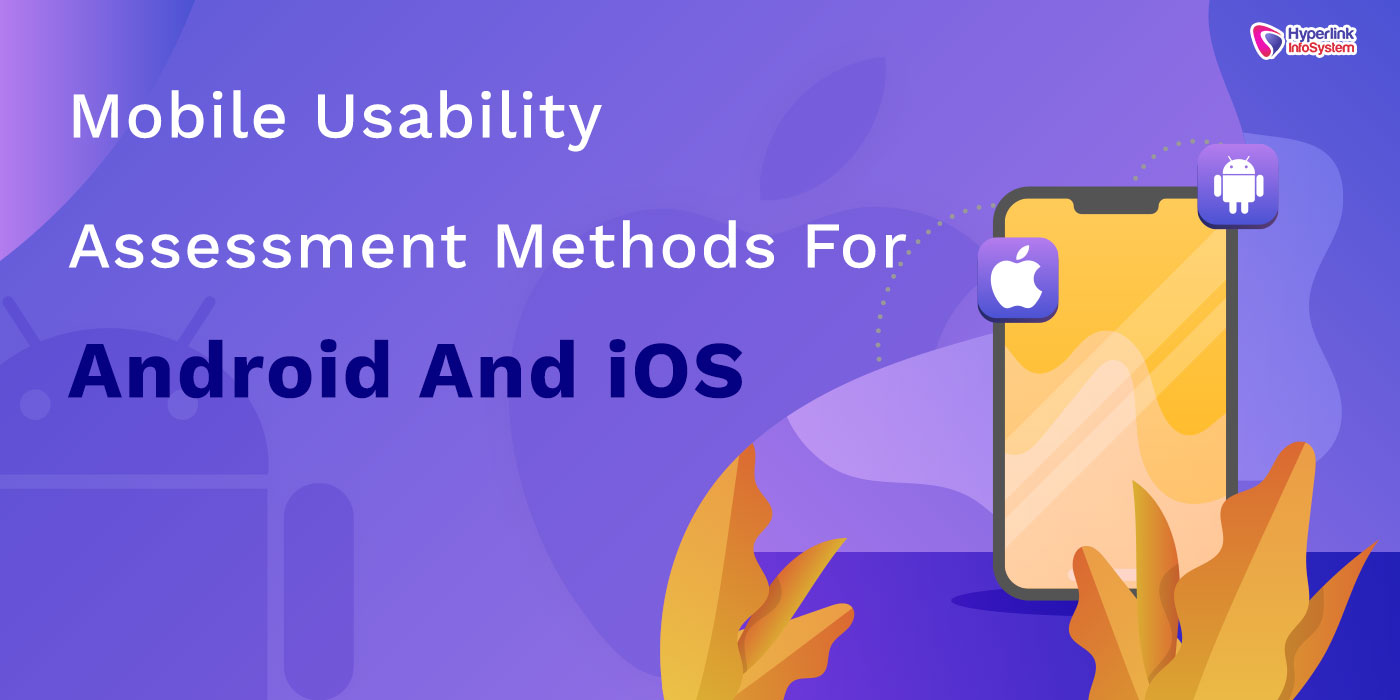The
mobile market is huge and growing at a fast pace. It is estimated that around 4.5 billion worldwide use the mobile Internet. It is predicted that the number of mobile phones will soon exceed the world's population.
That is why business is increasingly merging into mobile development and is looking for niches to earn.
If you want to create an application for iOS or Android, special attention should be paid to its usability.
Ease of use of mobile applications
What do phone users spend the most time on? A recent study shows that US phone users spend 86% of their time using smartphones exclusively on apps. Mobile device users spend 80% of their time using only five applications (out of 24 applications that they usually use).
Forbes estimates that by next year, users will download nearly 270 billion applications.
In order to get into the top five applications that are used daily, the usability of the app is as important as the content of the service and its idea.
The usability of Android or iOS applications is very important for users. They will uninstall the application if they are not comfortable and convenient working with it. However useful it is, they will download a similar app from Google Play.
What is the usability of a mobile app?
The general trend among popular mobile apps is that users perceive them intuitively as easy to use, convenient, and less time consuming to complete tasks.
Despite the importance of ease of use of mobile applications, the principles of usability do not constitute an agreed list to the manual. Therefore, the best way to evaluate the usability of mobile applications is usability testing.
Mobile app usability testing
Before testing the service, you need to develop a test plan for usability. It usually contains the following sections:
- Goals and objectives of the test
- Research questions
- Application Characteristics
- Testing method
- Task list
- Test environment, equipment, and logistics
- Assessment data and measures
- Report presentation
1. Usability test objectives
The first step of any usability testing is to set goals.
What hypothesis do you want to test with a usability test? What questions do you want to answer with a usability test?
So how do you set goals? Michael Margolis from Google Ventures suggests asking a few questions to interested parties of the application (including developers):
- Road map of the application
- Users and markets targeted by the application (target audience)
- Competitors application
- Research already completed
- The potential impact of the above studies.
- Timing and scope
The received answers will give you two very important things:
- What stakeholders already know
- What would they like to know
Based on the answers to the questions, it is now easier to start defining goals and usability indicators. It is also very important that the identified objectives are specific, measurable and prioritized.
2. Tasks that the application will perform
Once the goals are set, it is time to move on to the next stage - the tasks. The wording should consist of interactions that should be performed by users, for example:
- Register an account
- Log in to your account
- Upload a photo
- Accept friend request
Tasks must be converted to scripts. They provide more context for the testing participant and are more like the natural interactions that normal user will carry out with the app. In this regard, the assigned task scripts should be:
1) Realistic, effective and without any hints about exactly how to perform them (if the testee cannot understand how to perform the action - therefore, your service is not intuitive)
2) Occurs in a sequence that ensures a smooth flow of the test session.
As with any form of testing, it is very important to perform a dry usability test to ensure that the execution of tasks ultimately reaches the goals.
3. Test participants
Usability of mobile applications is user-oriented. This means that real users perform realistic tasks related to the application. Although testing with real users is more resource intensive, it gives more accurate results.
We recommend recruiting test participants who use their devices for at least 3 months. This will overcome any difficulties associated with the use of the device, and not with the application itself. In addition to this, using your own test participants' devices will reveal more problems, since they will use real devices, rather than top-level devices and fast Internet connections that are usually available in development environments.
Remember that you need to select participants who match the target audience of the application. You can create a custom character, describe its characteristics and select test participants in accordance with the portrait of the character. You should hire dedicated developers for the development of your mobile app.
4. Usability testing methods
There are two main methods for usability testing of mobile applications:
- Laboratory testing usability
- Remote usability testing
In this article, we talk about laboratory testing usability. This method allows you to test mobile applications with real users with real devices. Such a study gives accurate results and allows you to draw the right conclusions.
Usability Test Components
Laboratory usability testing consists of observing test participants who perform tasks using an application.
To conduct a study you need:
- Camera - in order to monitor the movements of the test
- Webcam - to obtain data on the understanding of the interacting object based on facial expressions
- Audio recording software
- Room with natural light


























